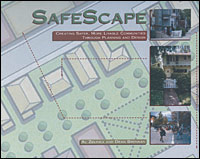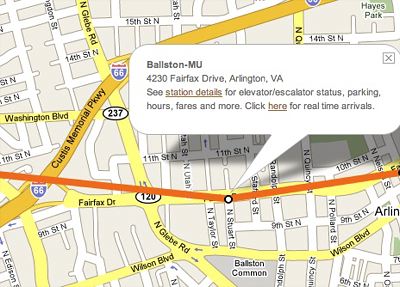For my final essay during this Junk Science Week, I decided to focus on New Urbanism and Crime. If you’ve already read the article on this subject that appeared in Reason magazine two years ago, this will be redundant. But the story is so revealing of planners’ methods that it bears repeating.

In 2001, the American Planning Association published a book titled SafeScape that purported to show how certain urban designs can make neighborhoods safer from crime. Yet it was just junk science. In fact, to call it junk science might be too kind.









